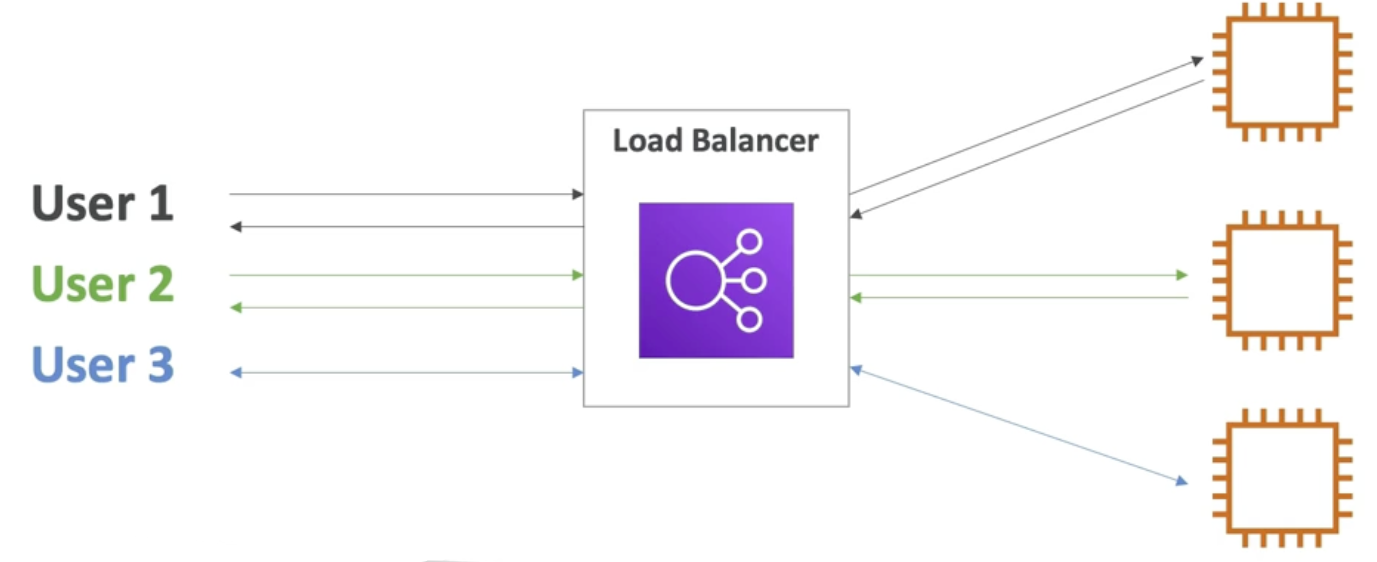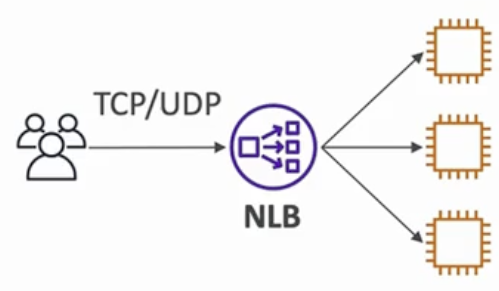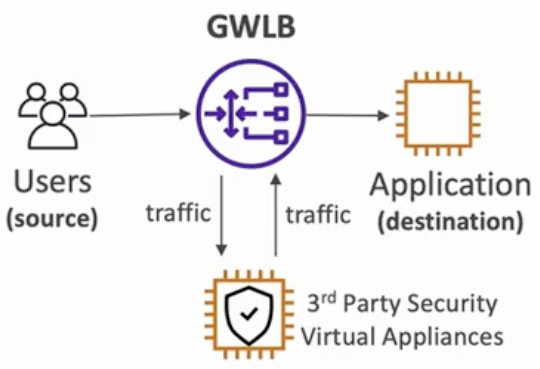Elastic Load Balancer (ELB) is an AWS service allows the cloud resources to be more elastic, the load balancers are severs that forward internet traffic to multiple severs (i.e. EC2 Instances) downstream. It can be used with ASG - Auto Scaling Group to achieve auto scaling and load balancing based on the current workload.
When associate a load balancer to multiple EC2 instances, the load balancer will determine which EC2 instance should receive the traffic. The decision is made based on factors such as the load on each instances, and the health state of an instance. When users start to use these instances, they are directed to different EC2 instances based on the ELB’s load balancing algorithm.

Why use load balancer
- ELB is a managed load balancer, you don’t need to be provisioning severs
- Spread load across multiple downstream instances
- Expose a single point of access (DNS host name) to your application
- ELB can seamlessly handle failures of downstream instances, to detour traffics
- You can use ELB across multi-AZ, makes your application highly available
Types of load balancers
- Application Load Balancer - Layer 7
- Support for HTTPS or gRPC protocol
- Has HTTP routing features
- Static DNS (URL)

- Network Load Balancer - Layer 4
- Support for UDP protocols
- Very high performance, millions of requests per second
- Static IP through the use of Elastic IP

- Gateway Load Balancer - Layer 3
- Support for GENEVE protocol
- Route traffic to firewalls that you manage on EC2 instances
- Intrusion detection

Back to parent node: Cloud Computing
Cloud_computing AWS Compute AWS_CLF-C02 ELB Load_balancing
Reference - Udemy Ultimate AWS Certified Cloud Practitioner CLF-C02